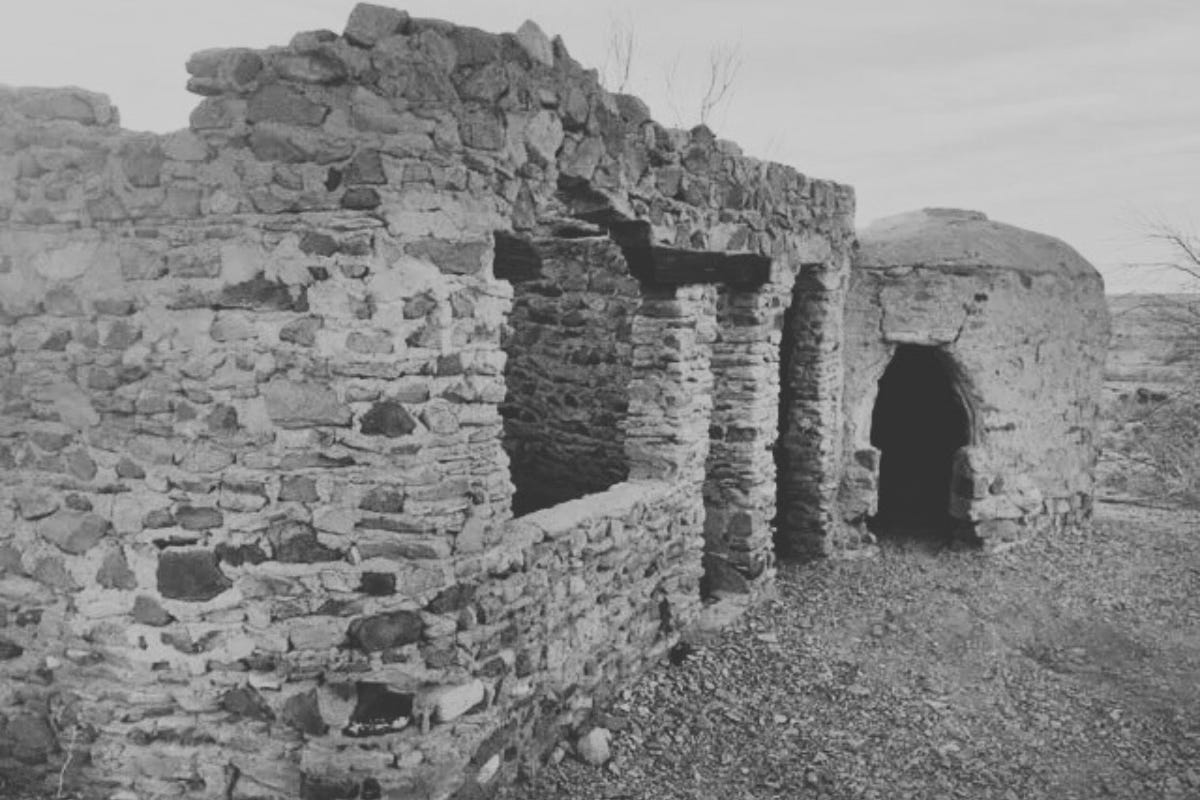The Stone Test: How to Tell Real Modernism from Mid-Century Traditionalism
If it looks like a duck and quacks like a duck... it might still be a very good fake.
The Cahuilla people figured it out first. Those thick stone walls you see crumbling in the desert weren't built for Instagram—they were air conditioning. Stone from the ground beneath their feet, storing cool night air and releasing it through blazing days. Form followed survival.
When Spanish missions arrived, they kept the playbook. Those massive walls…
Keep reading with a 7-day free trial
Subscribe to THE ART OF LEISURE to keep reading this post and get 7 days of free access to the full post archives.


